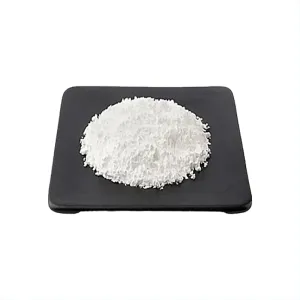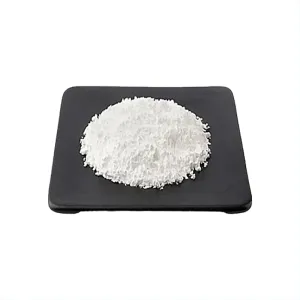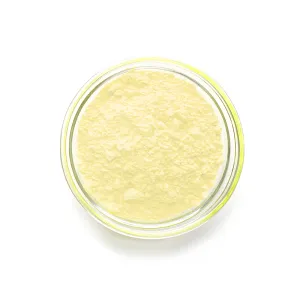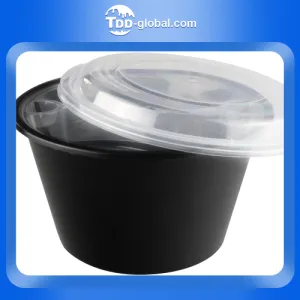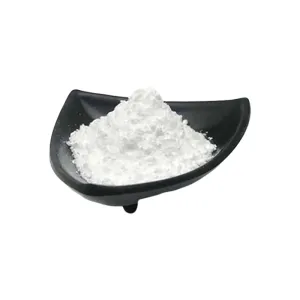283
October 29, 2024, 4:08 PM

Recently, China's polyester market has weakened again under the pressure of declining costs. Recently, China's polyester market has fluctuated closely following the international crude oil market, and the polyester market is still a cost-driven market. In late 2000, the polyester market experienced a brief slight rise, boosted by the rebound in crude oil. However, with the fall of international crude oil and pressure from the cost side, the polyester market weakened again.
Iran's energy facilities were not damaged by Israel's weekend attack. European and American crude oil futures suffered a sell-off. International oil prices plunged 6%, the largest one-day percentage drop in more than two years. Expectations that the situation in the Middle East might become tense again were met. At present, the international crude oil market is affected by the negative impact of geopolitical easing and demand concerns, and the market continues to move forward under pressure. The cost side has put pressure on the market.
Judging from the fundamentals of the PTA market, recent changes in the equipment of PTA companies have been limited. PTA companies have maintained a level of around 80%. The market spot supply is sufficient, and PTA is in a warehouse accumulation cycle. Dushan Energy's 2.5 million-ton PTA plant was parked near October 27 and is expected to last for about 10 days. A 2.5 million-ton PTA unit in Hengli Huizhou was overhauled from October 13 to October 25. The 1.2 million-ton PTA unit in Zhongtai, Xinjiang, was stopped on October 6, and the restart time is to be determined.
Judging from the fundamentals of the ethylene glycol market, with the recent restoration of several sets of maintenance equipment, the overall industry's start-up has risen to more than 63%. Coupled with the commissioning of new production capacity, the market supply is sufficient. On October 18, China Chemical (Inner Mongolia) New Materials Co., Ltd. opened the entire process of producing 300,000 tons of coal-to-ethylene glycol in one go, producing polyester grade ethylene glycol products. The 600,000-ton ethylene glycol plant in Zhongkun, Xinjiang will be overhauled in turn from late October, and the single-line maintenance time is expected to take about two weeks. A 150,000-ton ethylene glycol plant in Xinjiang began to be shut down for maintenance in late October and is expected to last for two months. Previously, the plant's load was basically 60%. Jilin Petrochemical's 160,000-ton ethylene glycol plant was overhauled in June, and the ethylene glycol plant was restarted for shipment around October 21. Fulian plans to stop for maintenance starting in late October, which is expected to take about a month. The Far East Alliance's 450,000-ton ethylene glycol plant started shutdown for maintenance on October 9 and is expected to restart in early November. Xinjiang Tianye's 600,000-ton ethylene glycol plant was shut down for maintenance at the end of September for about a month. Ethylene glycol port inventories in East China's main port fell slightly, and the supply side provided moderate market support.
Recently, the operating load of polyester companies in China has remained at a high level of around 90%. As polyester costs decline, polyester companies have increased their enthusiasm for starting operations, and polyester supply has remained high. Recently, the production and sales of polyester companies have been weak, and inventory pressure has increased. Therefore, polyester companies still have expectations of making profits and shipping at the end of the month. Terminal textile demand is still in the peak demand season. As of now, the terminal operating rate in Jiangsu and Zhejiang has remained high, with the starting load of loading up to around 93%, and the starting load of weaving up to around 82%. Winter thermal fabrics just need support, and autumn and winter foreign trade orders are mostly in the delivery stage in the early stage. The market is in a wait-and-see mood about the pre-sales situation of shopping festivals such as the "Double Eleven". The expectation of subsequent new orders is not optimistic. The market transaction atmosphere is flat, and grey cloth inventory is slightly tired.
On the whole, the recent polyester market mentality is still dominated by macro aspects, and cost has driven the market. Supply in the polyester and terminal weaving industries has maintained seasonal highs, supply pressure has increased, and fundamentals are expected to weaken, which has put a certain pressure on the market. Therefore, the short-term polyester market will mainly follow the cost shocks and will still need to follow up cautiously.


